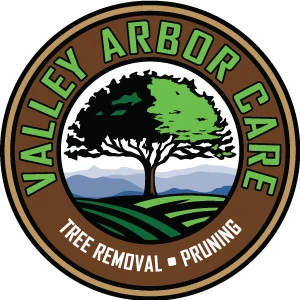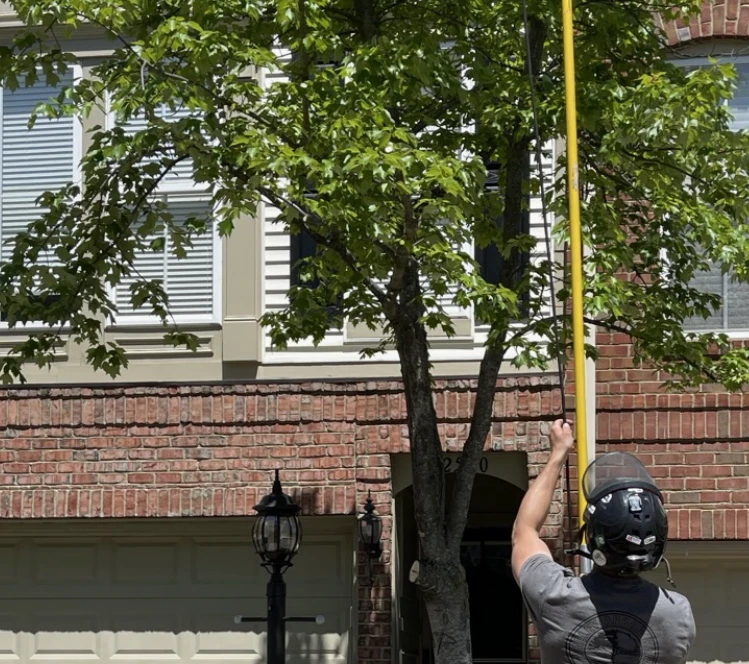Our trees offer shade, shelter, and sustenance to countless forms of life. But to maintain their beauty and health, trees require professional care. Tree pruning is a fundamental practice in their care regimen. In this blog, we will dive into the essence of tree pruning, exploring its benefits and why trees need this essential service.
What is Tree Pruning?
Tree pruning is the selective removal of specific parts of a tree, such as branches, buds, or roots. This delicate procedure involves strategic trimming to enhance the tree’s structure, health, and aesthetics. Done correctly, tree pruning requires precision, knowledge of tree biology, and an understanding of the desired outcome. It goes far beyond randomly removing limbs.
What is Tree Pruning Used For?
Tree pruning serves a multitude of purposes, each contributing to the overall well-being of trees and the ecosystems they inhabit, including:
- Structural Integrity: Tree pruning helps maintain a tree’s structural integrity by removing dead, diseased, or weak branches. This proactive measure reduces the risk of limb failure, particularly during storms and ensures the safety of people and property.
- Growth: By selectively removing overcrowded or competing branches, tree pruning redirects resources to vital areas. This stimulates new growth and optimizes fruit production in fruit-bearing trees. Additionally, tree pruning encourages branching and foliage density, enhancing the tree’s overall health and vigor.
- Aesthetics: Tree pruning is an art form that enhances the visual appeal of trees and landscapes. By sculpting trees into desired shapes, tree pruning creates a sense of balance and harmony. This elevates the aesthetic quality of gardens, parks, and urban environments.
- Disease and Pest Management: Regular tree pruning services remove dead or diseased branches, minimizing the spread of pathogens and reducing the risk of pest infestation. Proper tree pruning techniques also promote airflow and sunlight penetration, creating an environment less conducive to fungal growth and insects.
- Hazard Mitigation: Overgrown branches can pose hazards to pedestrians, motorists, and property. Tree pruning helps mitigate these risks by trimming branches away from utility lines, buildings, and thoroughfares. This ensures public safety and uninterrupted service.
Different Types of Tree Pruning
Tree pruning encompasses various techniques tailored to specific objectives:
- Crown Thinning: This technique involves selectively removing inner branches to reduce crown density, improve airflow, and enhance light penetration.
- Crown Raising: This process involves removing lower branches to increase clearance beneath the tree, facilitating pedestrian and road traffic.
- Crown Reduction: Reduces the overall size of the tree’s canopy (note: this is different from tree topping, which is harmful). Crown reduction is done to alleviate weight, balance structural integrity, or mitigate hazards.
- Deadwooding: Involves the removal of dead or dying branches, reducing the risk of falling debris and improving the tree’s overall health.
Dangers of DIY Tree Pruning
While DIY projects can be alluring, amateur tree pruning can pose significant risks to both trees and individuals, including the following:
- Improper Techniques: Without proper training and knowledge, DIY pruners may employ incorrect techniques. This can lead to irreversible damage, disease transmission, or compromised tree health.
- Safety Hazards: Tree pruning large trees or working at heights can be hazardous without proper equipment, training, and safety protocols. Accidents involving falls, cuts, or electrical hazards are common among inexperienced pruners.
- Tree Health and Longevity: Improper pruning can weaken the tree’s structure, promote disease spread, or induce stress, jeopardizing its long-term health.
Unlock Your Trees’ Full Potential with Expert Tree Pruning
Tree pruning is a practice that demands skill, expertise, and respect for nature’s delicate balance. While its benefits are abundant, tree pruning should be left to certified arborists or professional tree care specialists to ensure trees remain healthy for a long lifespan. This contributes to the beauty, health, and safety of our shared environments.
Don’t Wait! Schedule Your Pruning Service for Optimal Tree Health Today
Ensure the long-term health of your trees. Valley Arbor Care can provide you with professional and reliable tree pruning service. We’ll carefully evaluate your property and provide tailored pruning solutions. Get your free on-site estimate now and see why we’re Northern Virginia’s top choice for tree care.


Add Comment